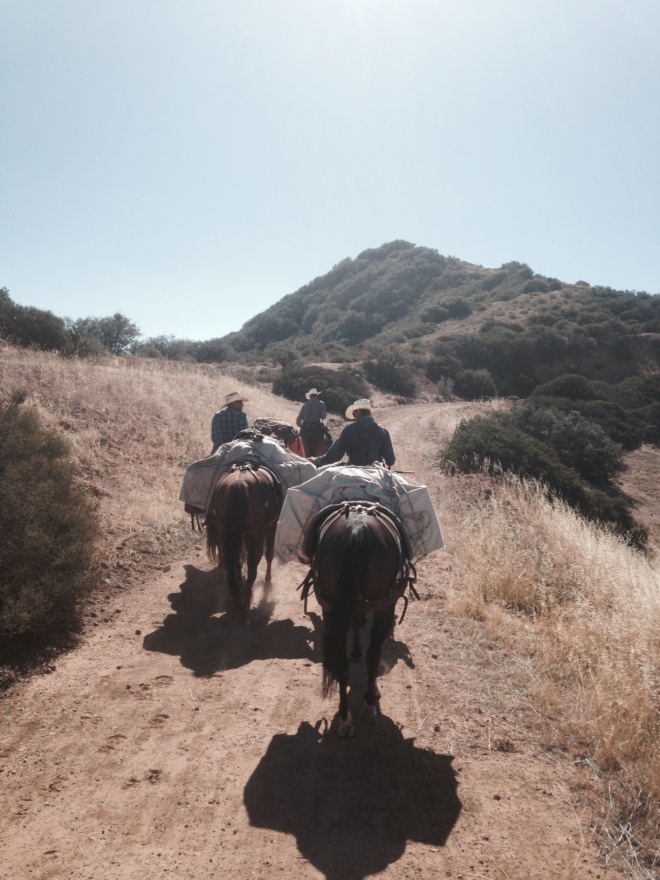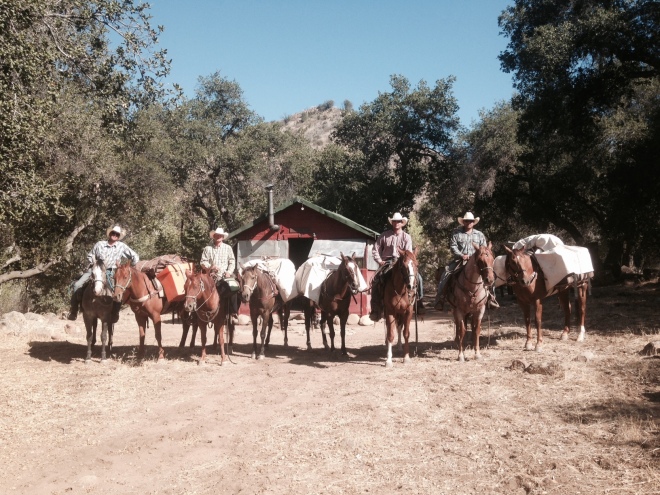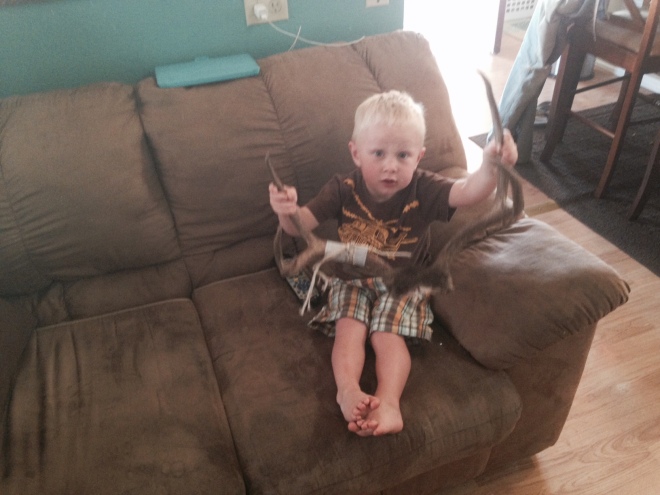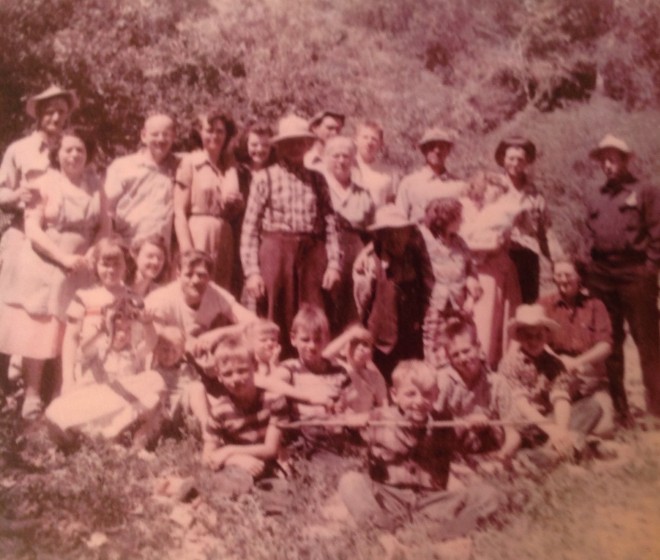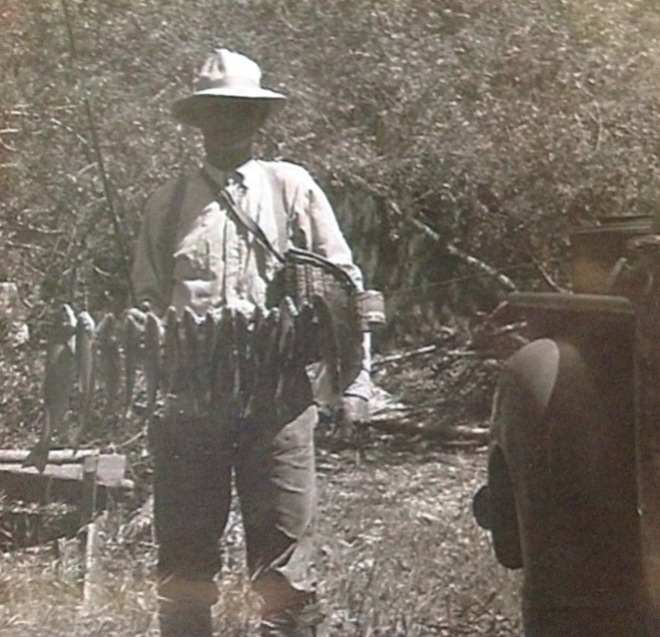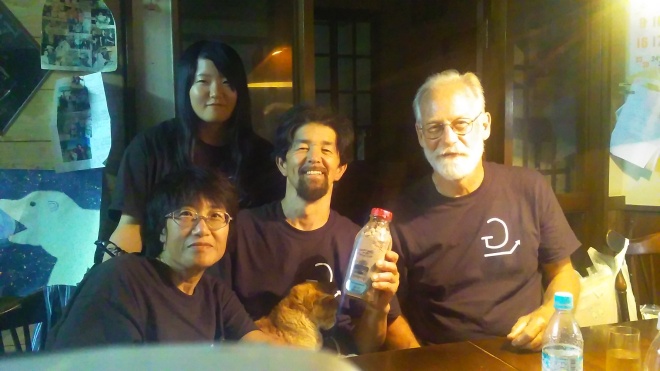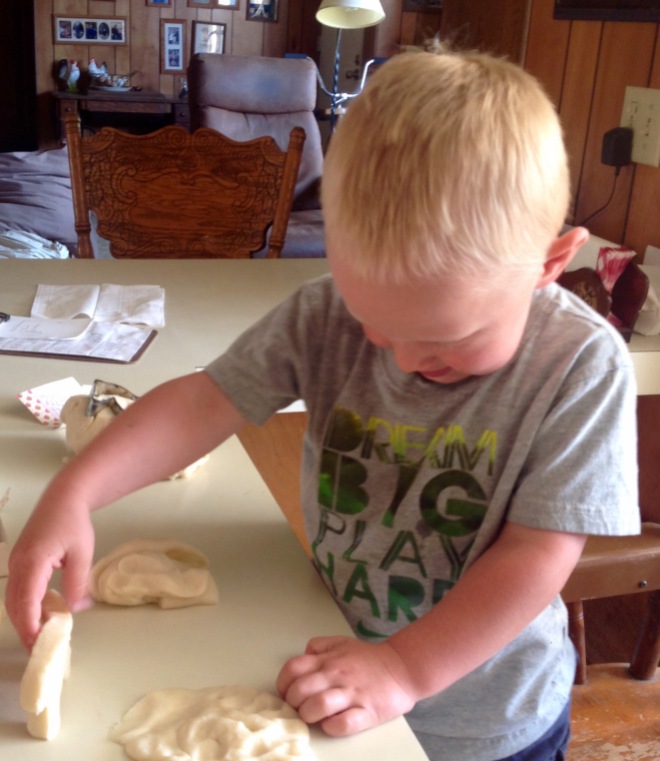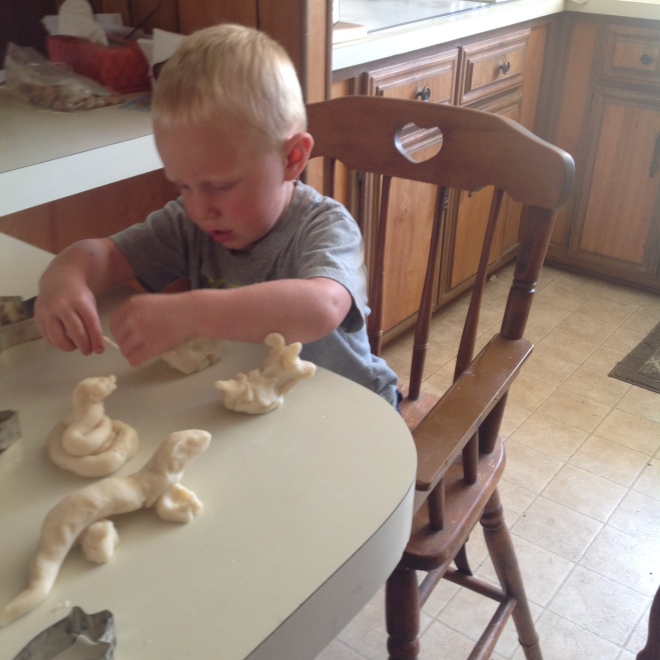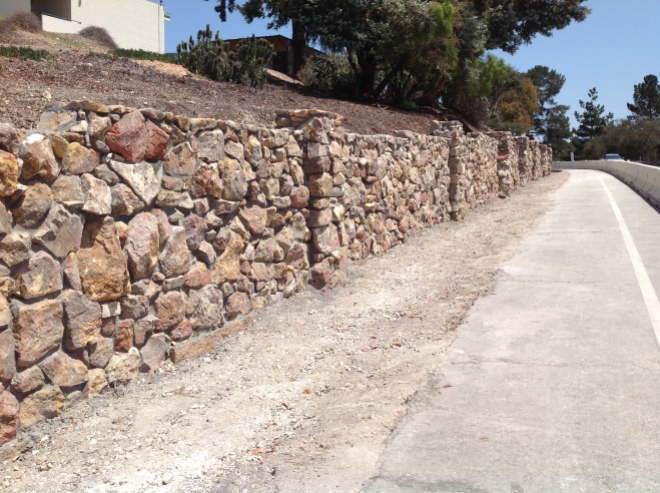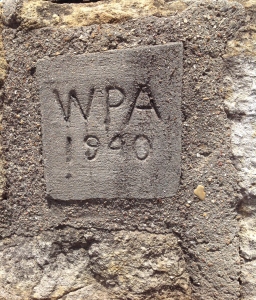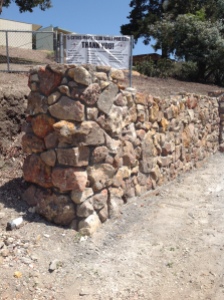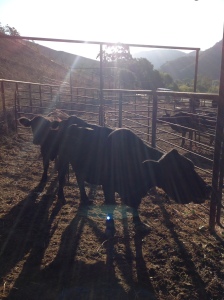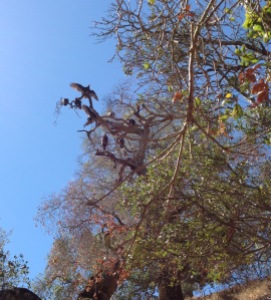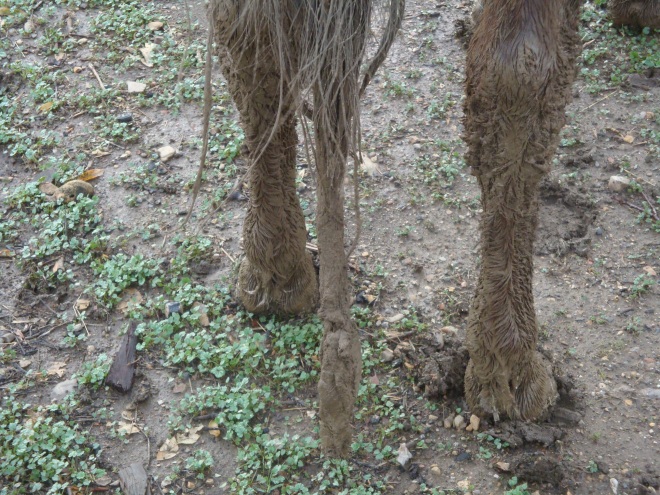
Mud means rain so we want to see more of this!
The El Niño rains are coming they say . . . we so desperately need the moisture, yet we are fully aware of the impact a lot of rain will have on our parched land. Most of Grieb Ranch is steep hillsides, where the rain will flow down and will make getting to the cattle nearly impossible. The hills are steep and will become too slick to take feed up to the cattle especially following so many years of drought.
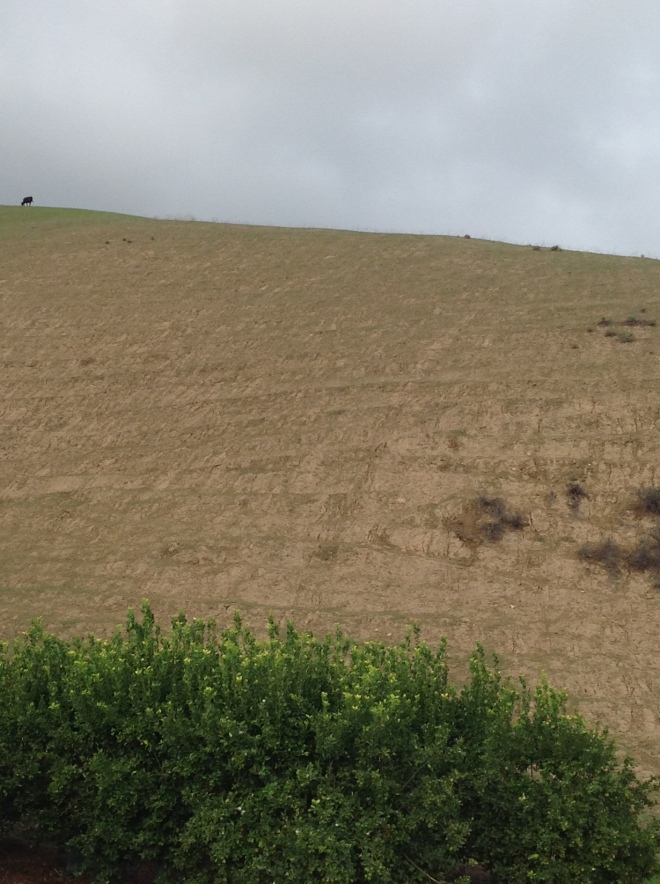
Steep hills make up most of Grieb Ranch.
When the rains come we need to bring cattle in close to home. So we gathered a work crew to ready the ranch for the El Niño rain and upgrade old fence that was not keeping cattle in anymore. Normally there would be extra feed on the hills to carry the cattle through the wet days, but not so this season since we have experienced so many years of drought. We need a few years of normal rainfall to reseed the native grasses which we rely on to feed our cattle.
Our work crew consisted of several generations of Grieb Ranch men. It was great to have all the boys working together. The fences are now repaired and we are ready for the rain. So, let it rain!!






